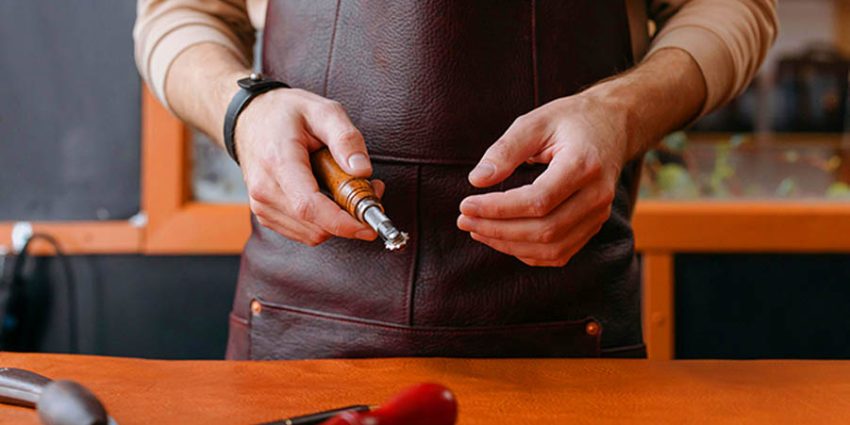Precision assembly is an art form. Whether you’re working in upholstery, leatherwork, or industrial manufacturing, the right tool can make the difference between a flawless outcome and a frustrating mistake. But how do you choose the right tool when the options are seemingly endless?
The key is understanding your project’s unique demands and matching them with tools designed for precision, durability, and ease of use.
Understand the Material You’re Working With
The material dictates the tool. Period. Precision assembly across materials like leather, fabric, or metal requires specialized tools tailored to their unique properties.
- Leatherwork:
Opt for heavy-duty tools like revolving punch pliers or edge bevelers for clean cuts and refined finishes.
- Fabric:
Choose tools like fabric punches or grommet setters for delicate, accurate assembly without fraying or tearing.
- Metal or rigid materials:
Rivet setters or industrial-grade hammers deliver precision and force for clean, reliable results.
Consider the Task at Hand
Precision assembly involves various tasks—cutting, punching, setting, fastening, or even finishing. Each one requires a specific type of tool designed to deliver accuracy and control.
- For cutting, invest in tools with sharp, durable blades like knives or shears designed for your material.
- For punching, look for punches with interchangeable heads to accommodate different sizes and needs.
- For setting hardware (like rivets or grommets), ensure your setter aligns perfectly to avoid misfires or crooked finishes.
- For finishing, tools like burnishers or mallets help refine your work for a polished result.
Matching the tool to the task ensures efficiency and eliminates unnecessary guesswork.
Evaluate Durability and Quality
Precision tools are an investment, and quality matters. Poorly made tools not only lead to subpar results but can also wear out quickly, costing you more in the long run.
Here’s what to look for:
- Materials:
Tools made from high-quality steel or other durable metals last longer and maintain their precision.
- Ergonomic design:
Comfort matters, especially for repetitive tasks. Look for tools with handles that reduce strain and improve control.
- Reputation:
Tools from trusted manufacturers often come with warranties or repair services, ensuring you’re covered if something goes wrong.
Choosing quality over cost saves time and frustration while delivering consistently excellent results.
Prioritize Versatility for Changing Needs
Projects evolve, and so do their demands. Versatile tools that adapt to multiple tasks save space, money, and effort.
Punches or setters with interchangeable heads allow you to work on different sizes and materials without needing a new tool for each task. Look for tools that combine functions, like a combination mallet with interchangeable heads for striking and smoothing.
Tools with adjustable tension or pressure give you greater control, essential for precision work.
Conclusion
Choosing the right tool for precision assembly isn’t just about what’s on the shelf—it’s about understanding your project, the materials, and the level of accuracy required. By focusing on quality, task-specific functionality, and ease of use, you’ll equip yourself for success.
The right tool doesn’t just make the job easier; it elevates your craftsmanship, delivering results that stand the test of time. So, before you start your next project, take the time to choose wisely—because in precision assembly, the tool truly makes the difference.

